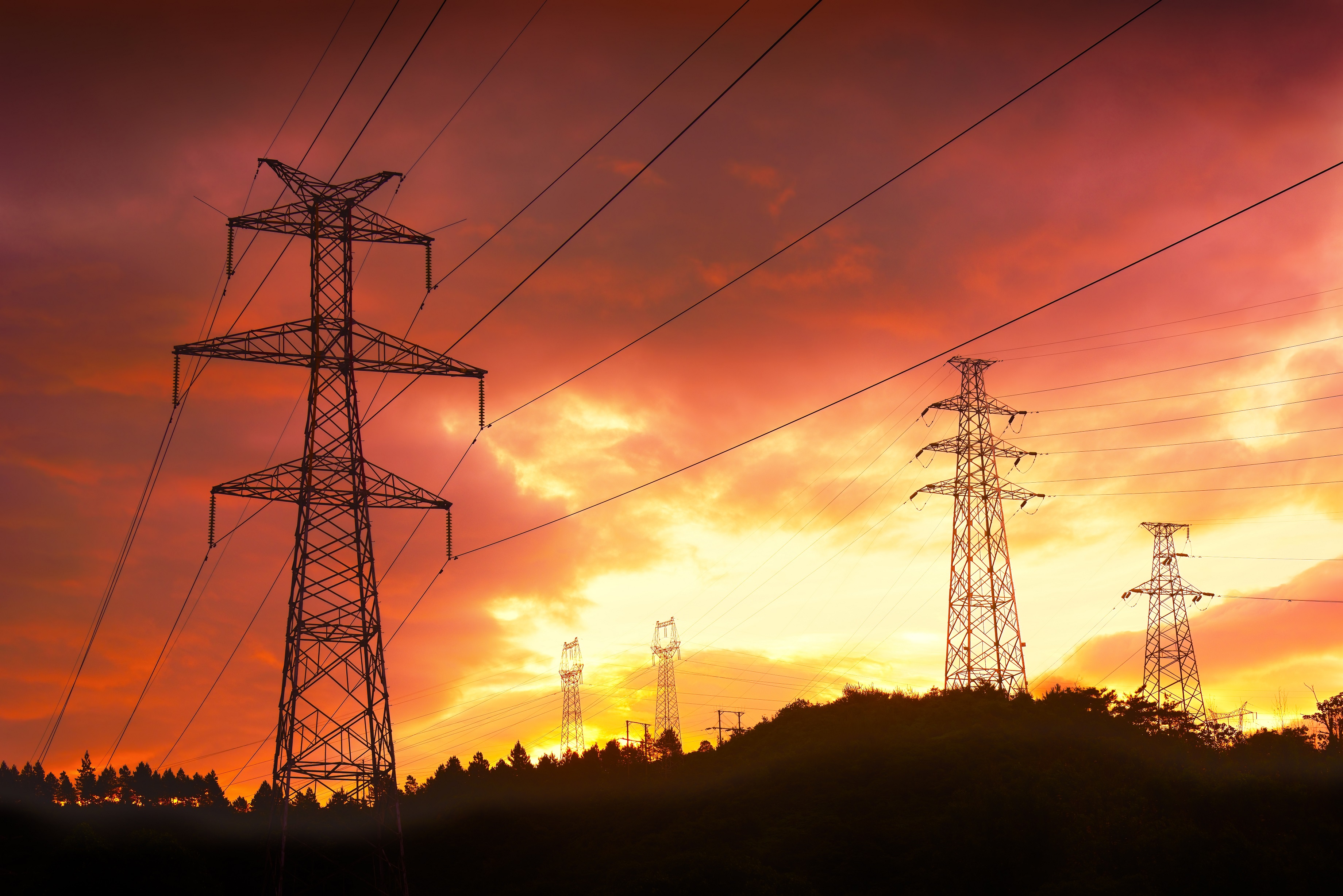Approval of the Royal Decree regulating the procedure for the creation and authorisation of closed electricity distribution networks
Published on 3rd May 2023
The regulation addresses the need to promote the competitiveness of industrial areas by reducing electricity costs

On 26 April 2023, Royal Decree 314/2023, of 25 April, which develops the procedure and requirements for the granting of the administrative authorisation for closed electricity distribution networks (the "Royal Decree"), was published in the Official State Gazette.
The Royal Decree implements article 3 of Royal Decree-Law 20/2018 of 7 December ("RDL 20/2018") on urgent measures to boost economic competitiveness in the industrial and commercial sector in Spain, and responds to the need to promote the competitiveness of interrelated industrial and commercial areas by reducing electricity costs, as well as to mitigate the risk of relocation of these areas outside the EU.
Closed electricity distribution network concept
RDL 20/2018 defines a closed electricity distribution network as a special type of distribution network that has been implemented in several EU countries, in order to contemplate the reality of interrelated industry in certain industrial sites.
Based on the former consideration, the Royal Decree defines a closed electricity distribution network as a network that distributes energy to industrial consumers in an industrial site that does not exceed 8 square kilometres, provided that said network distributes energy to the industrial companies on that site by means of its own electricity networks.
In order to be considered a closed distribution network, the regulation requires that, in addition to the consumers being considered as industrial consumers, the following must be met: (i) the production processes of these industrial consumers must be interrelated; and (ii) the network must distribute primarily to the owner or operator of the network or to its related companies. On this note, a related company exists when at least 50 % of the consumption connected to the closed electricity distribution network belongs to the owner or operator of said network, or to the undertakings in which the owner or operator has a shareholding of more than 50 %.
The Royal Decree also sets out that a closed distribution network may also supply up to a maximum of 100 non-industrial consumers, provided that certain conditions are met simultaneously: (i) that there are or have been labour or commercial relationships with the owners or partners of the network; (ii) that the non-industrial consumers represent at least 2% of total consumption; and (iii) that these consumers are located on adjacent plots of land.
Closed distribution system operators
Pursuant to the Royal Decree, the owners of closed distribution networks must be companies or cooperatives, whose exclusive corporate purpose is the distribution of electricity, which will have a regime of obligations similar to that of an electricity distribution company.
The obligations of the owners of these networks include compliance with the requirements of the authorisation granted for the closed distribution network, maintaining the legal, technical and economic capacity requirements, guaranteeing access to the social tariff to consumers who are entitled to benefit from it, and keeping up to date with payments of tolls and charges of the electricity system.
The Royal Decree exempts network owners from certain obligations, such as obtaining the authorisation for the distribution activity, having a platform for managing access and connection permits or purchasing the energy lost in their networks.
In the event of the acquisition of other closed distribution networks by an owner of another, the regulation establishes, on the one hand, the obligation to notify the acquisition to the Directorate General for Energy Policy and Mines ("DGPEM") and to the Commission for National Markets and Competition ("CNMC"); and on the other hand, the obligation of the acquiring owner to modify the contracts, permits and commitments reached with consumers and producers of the acquired network, while maintaining the same terms and conditions existing prior to the acquisition. In the event of discrepancies in this regard, a conflict may be brought before the CNMC.
Finally, the Royal Decree creates a new section in the Administrative Register of Electricity Distributors in which, after the entry into force of the Royal Decree, authorised owners of closed distribution networks will be automatically incorporated.
Rights and obligations of consumers and power generators connected to the distribution network
The Royal Decree allows energy demand facilities and generation facilities to form part of the closed distribution network, also allowing self-consumption, although different rights and obligations are regulated depending on each connected subject.
For energy demand facilities, the regulation requires the formalisation of a PPA with a retailer or enter a contract in the free market, as well as the formalisation of the relevant technical access contract.
As for energy generation facilities, they are required to obtain the relevant access and connection permit and to sign the corresponding technical access contract, with the particularities that apply to this type of network.
Both demand and generation facilities connected to a closed distribution network shall comply with the technical requirements set out in Commission Regulation 2016/1388 of 17 August 2016 establishing a network code on demand connection and, where applicable, with its implementing regulations. The operator may deny connection to their distribution network if such facilities do not comply with the relevant technical requirements of said technical regulations.
With regard to consumers covered by the social tariff or the voluntary tariff for small consumers (known as PVPC), the Royal Decree establishes that these circumstances must be reported to the network owner and the reference retailer.
Finally, with regard to self-consumption, consumers connected to the closed distribution network will have the right to carry out self-consumption under the same conditions as other consumers, provided they comply with the particularities established in the Royal Decree.
Authorisation procedure for the creation of a closed distribution network
The Royal Decree provides for the procedure for the creation of closed distribution networks, which will be initiated by the submission of a request for authorisation by the future owner to the DGPEM, who will have to make a decision within 6 months.
This request must be accompanied by documents accrediting the legal, technical and economic capacity of the future owner, as well as the identification of industrial consumers, data on the power of the facilities to be connected, the connection diagrams and future projections.
In order to obtain the authorisation, the CNMC must issue a favourable report within a maximum period of 2 months. Once the CNMC's favourable report has been received, the DGPEM will grant authorisation for the closed distribution network, which will include, in addition to the obligations of the Royal Decree, those additional requirements set out in the applicable sector regulations with which the distribution network owner must comply.
To ensure compliance with the conditions of the authorisation, the Royal Decree requires the authorisation owner to submit a yearly report to the DGPEM, audited by an independent third party, attesting compliance of the conditions of said authorisation.
In this regard, the regulation sets out that in the event of a breach of the authorisation or of the requirements of the Royal Decree, either the breaches shall be corrected or the authorisation shall be revoked.
In the event of revocation, the Royal Decree foresees that the assets of closed distribution networks can be acquired by the upstream distribution or transmission company at a given price to be proposed by the CNMC.
Finally, the regulation grants the power to inspect distribution networks to the CNMC, a power that, in general, must be exercised at least once every three years.
If you would like to know more about the new regulatory and energy sector legislation and its possible implications, please do not hesitate to contact one of our experts listed below or your usual contact at Osborne Clarke.






